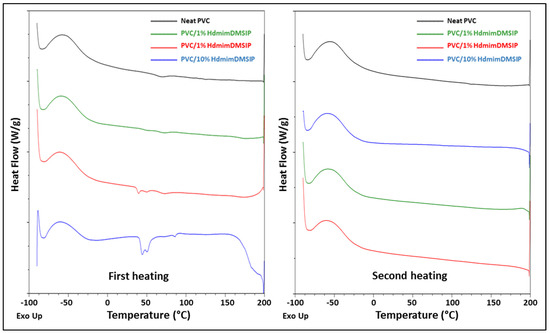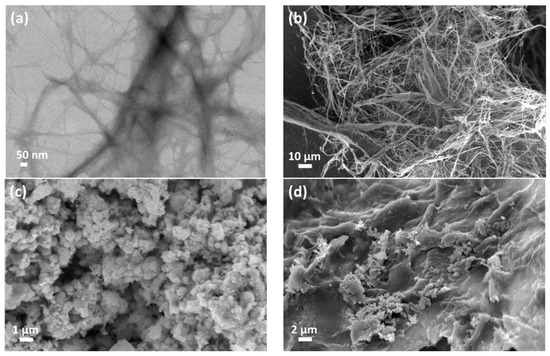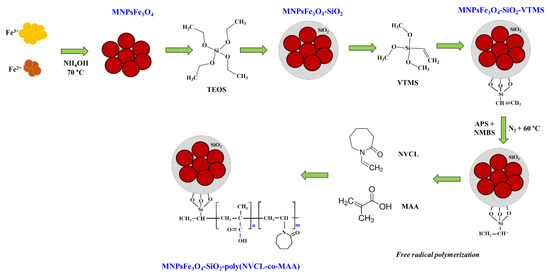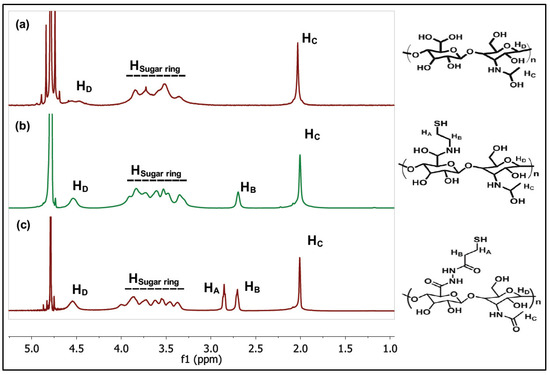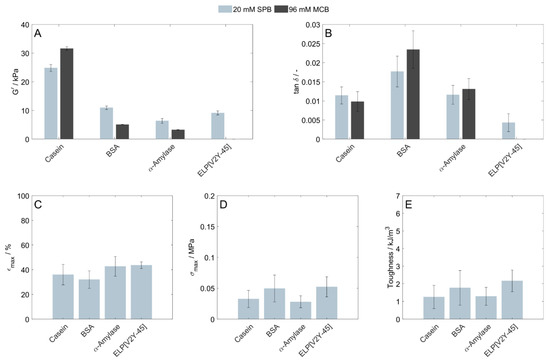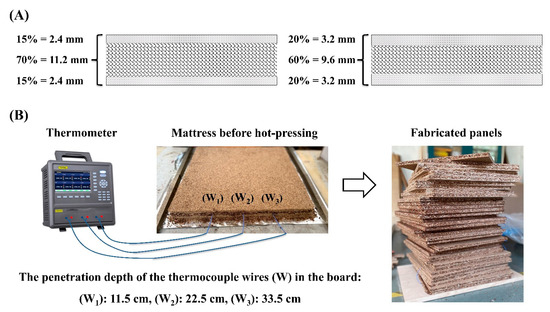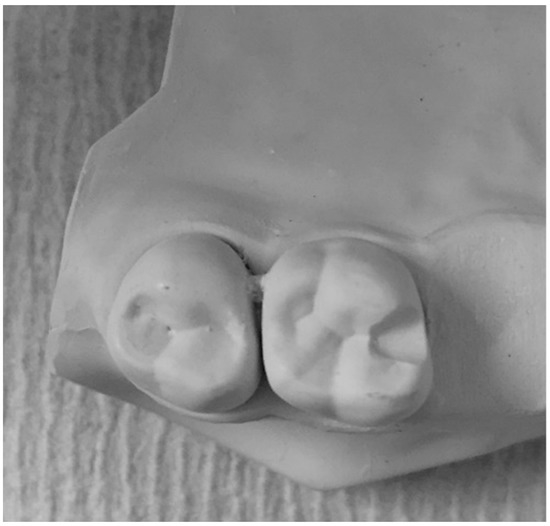Polymers 2023, 15(4), 970; https://doi.org/10.3390/polym15040970 - 16 Feb 2023
Cited by 4 | Viewed by 2899
Abstract
In this study, antibacterial polymer blends based on Polyvinyl Chloride (PVC) and Polystyrene-Ethylene-Butylene-Styrene (SEBS), loaded with the ionic liquid (IL) 1-hexadecyl-3-methyl imidazolium 1,3-dimethyl 5-sulfoisophthalate (HdmimDMSIP) at three different concentrations (1%, 5%, and 10%), were produced. The IL/blends were characterized by their thermo-mechanical properties,
[...] Read more.
In this study, antibacterial polymer blends based on Polyvinyl Chloride (PVC) and Polystyrene-Ethylene-Butylene-Styrene (SEBS), loaded with the ionic liquid (IL) 1-hexadecyl-3-methyl imidazolium 1,3-dimethyl 5-sulfoisophthalate (HdmimDMSIP) at three different concentrations (1%, 5%, and 10%), were produced. The IL/blends were characterized by their thermo-mechanical properties, surface morphology, and wettability. IL release from the blends was also evaluated. The agar diffusion method was used to test the antibacterial activity of the blends against Staphylococcus epidermidis and Escherichia coli. Results from thermal analyses showed compatibility between the IL and the PVC matrix, while phase separation in the SEBS/IL blends was observed. These results were confirmed using PY-GC MS data. SEM analyses highlighted abundant IL deposition on PVC blend film surfaces containing the IL at 5–10% concentrations, whereas the SEBS blend film surfaces showed irregular structures similar to islands of different sizes. Data on water contact angle proved that the loading of the IL into both polymer matrices induced higher wettability of the blends’ surfaces, mostly in the SEBS films. The mechanical analyses evidenced a lowering of Young’s Modulus, Tensile Stress, and Strain at Break in the SEBS blends, according to IL concentration. The PVC/IL blends showed a similar trend, but with an increase in the Strain at Break as IL concentration in the blends increased. Both PVC/IL and SEBS/IL blends displayed the best performance against Staphylococcus epidermidis, being active at low concentration (1%), whereas the antimicrobial activity against Escherichia coli was lower than that of S. epidermidis. Release data highlighted an IL dose-dependent release. These results are promising for a versatile use of these antimicrobial polymers in a variety of fields.
Full article
(This article belongs to the Special Issue Processing of Thin Film Materials and Characterization of Their Mechanical Properties)
►
Show Figures
